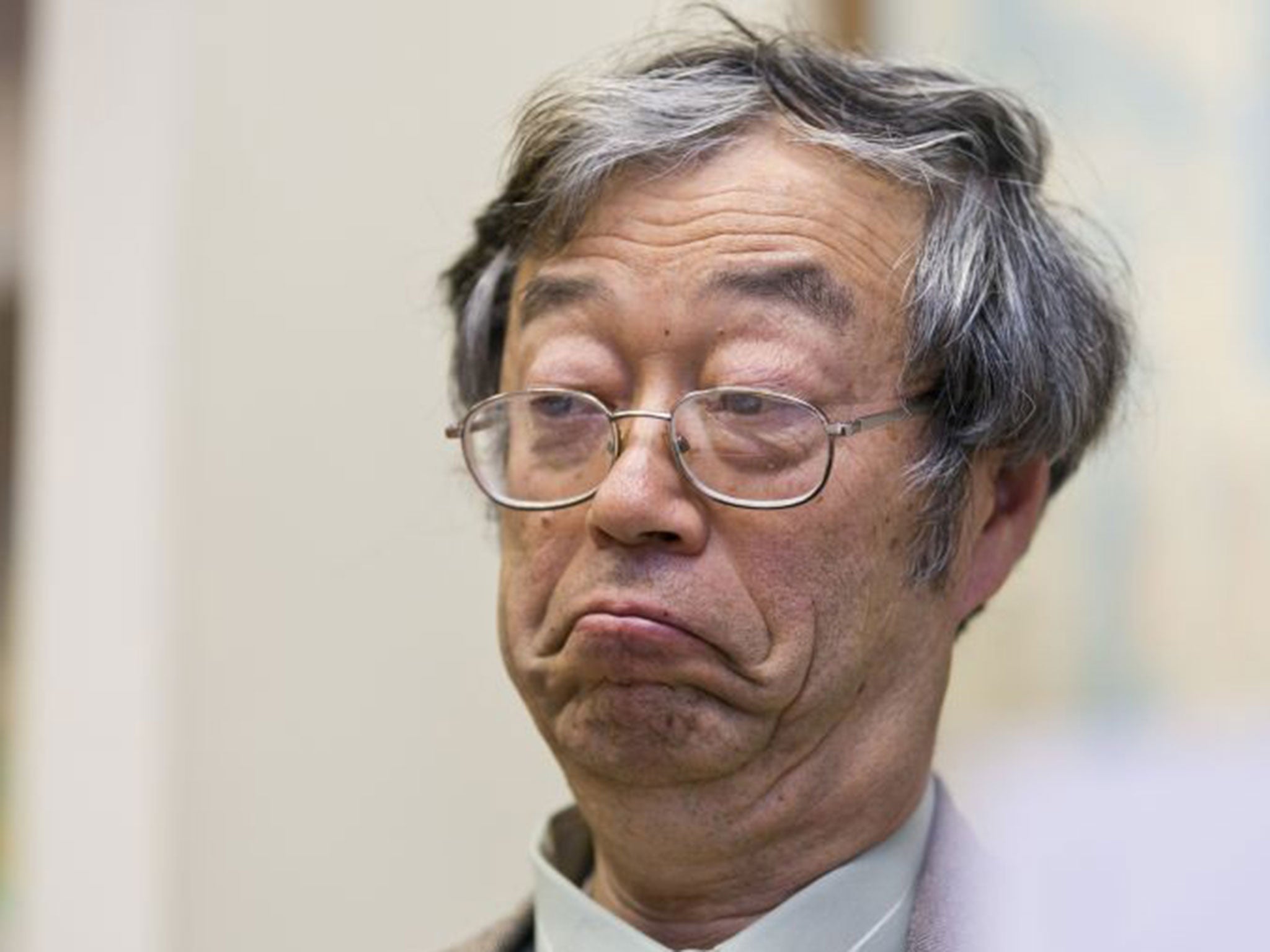

Other battery components such as anodes, separators and electrolyte are also in demand, boosting shares of makers from those products. By 2030, demand for lithium just for use in batteries alone will be 172 percent of all lithium production in 2016, according to BNEF. That’s creating demand for the materials that go into lithium-ion batteries like lithium, cobalt, nickel and graphite. Moreover, the London-based researcher expects lithium-ion batteries for energy storage to become a $20 billion-a-year market by 2040, a tenfold increase from now. that’s shaking up the supply chain.Įlectric vehicle sales will surpass internal combustion engine sales by 2038, according to Bloomberg New Energy Finance. While lithium-ion batteries are found in everything from laptops and cell phones to digital cameras, it’s their primary role in electric vehicles like those produced by Musk’s Tesla Inc. By comparison, the benchmark Topix index has gained about 5.9 percent in the same period. Nippon Kodoshi Corp., a maker of electrical insulating paper for electrolytic capacitors and batteries, is up 163 percent. Nippon Carbon Co., which makes artificial graphite electrodes, has gained 82 percent.

Stella Chemifa has risen 43 percent this year, while W-Scope is up 29 percent. Other beneficiaries making materials or components of lithium-ion batteries include Osaka-based Stella Chemifa Corp., which produces lithium salt, and Tokyo-based W-Scope Corp., which sells separators. Tanaka Chemical, whose shares have risen about 93 percent since the beginning of the year, is representative of a group of Japanese companies whose fortunes have been lifted by the prospects for electric vehicles. We will keep considering capital investments in line with our business prospects.” “The industry will need more capital investment. “Supply is exceeding demand right now as many cathode material makers had invested to boost capacity around 2008,” Shimakawa said. While a relatively small investment, the new money flowing into battery components from Tanaka could be a precursor to even more spending from suppliers anticipating new electric car models on the road in the next three years, Mamoru Shimakawa, an executive officer at Tanaka, said in an interview. The Fukui, Japan-based company, which has slightly more than 180 employees, plans to invest 500 million yen ($4.54 million) to boost output capacity by about 1,000 tons a year. Tanaka Chemical Corp., which has a long history in developing battery materials, says it’s boosting output to meet surging demand for its materials for making cathodes.

The report said it ended 2020 with $US19.38 billion in cash and cash equivalents.Tesla's Sexy Solar, Massive Batteries and Fast CarsĪs Elon Musk pushes out from his California base to make electric vehicles ubiquitous, a company halfway around the world and deep in the depths of the battery supply chain is riding his wake. Tesla said in a filing the decision to move nearly 8 per cent of its reserves into bitcoin was part of its broad investment policy as a company aimed at diversifying and maximising its returns on cash, including holding gold. Still, Gellasch said that “examination doesn’t mean this is likely to be an enforcement case.” “We’re talking about a billionaire with one of the most valuable companies in the history of the world who has seemingly gotten away with poking the SEC before,” said Tyler Gellasch, head of the Washington-based Healthy Markets Association and former SEC official.

The Securities and Exchange Commission sparred with Musk and Tesla several times over his use of Twitter to discuss the company, ultimately resulting in his exit as company chairman and a pair of $US20 million fines for Musk and Tesla. Experts said they would not be surprised by a closer look from regulators given Musk’s bumpy past with watchdogs.


 0 kommentar(er)
0 kommentar(er)
